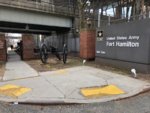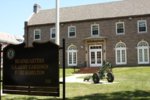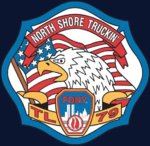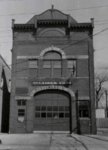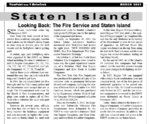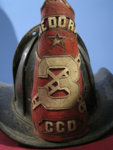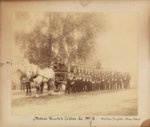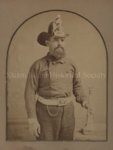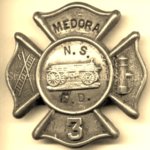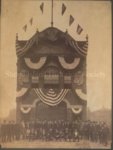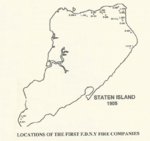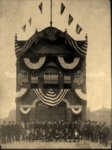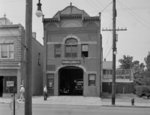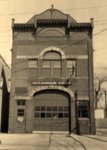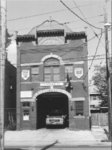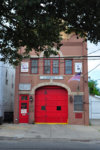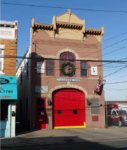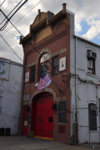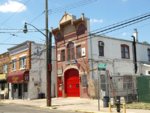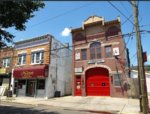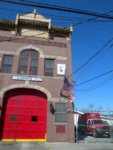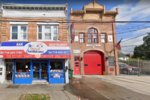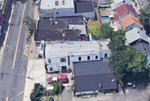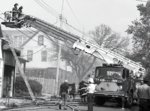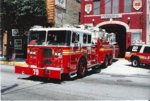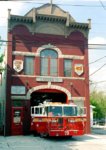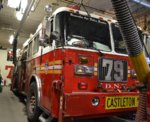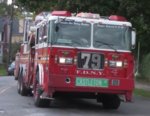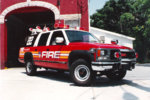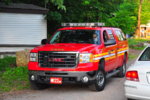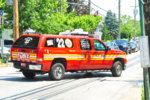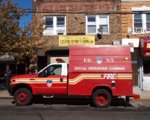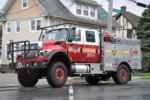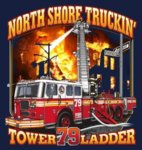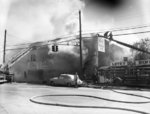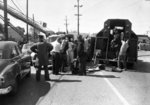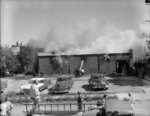Fort Hamilton Fire Department Fort Hamilton, Brooklyn (continued):
Ft Hamilton 1935:

Fort Hamilton (1825-Current) - Originally designed as a Third System Coastal Defense fort constructed 1825-1831 to protect the New York Narrows from the Brooklyn side of the river in Kings County, New York. Named after Alexander Hamilton, first Secretary of the U.S. Treasury. Active military post.
Fort Hamilton History:
Part of the Harbor Defense of Southern New York. Originally established to protect the Narrows entrance to New York Harbor.
Fort Hamilton was built as a small dual purpose fort providing seaward and landward defenses at the New York Narrows, the site of present day Verrazano Narrows Bridge. Construction was started 11 Jun 1825 with the laying of the cornerstone by the French engineer, Simon Bernard. The Fort was completed in 1831 and first garrisoned 1 Nov 1831 by Battery F, 4th U.S. Artillery.
Civil War 1861-1865
Fort Hamilton's garrison expanded during the U.S. Civil War to protect against Confederate raiders. In 1863, it was called upon to help put down the New York City draft riots.
World War I 1917-1918
During World War I Fort Hamilton was a processing center for hundreds of thousands of American troops shipping out to France.
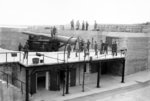
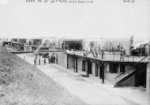
Ft Hamilton 1924:

World War II 1941-1945
During World War II Fort Hamilton served as a processed center for 3 million troops headed for Europe. At the end of the war it processed and discharged the returning veterans. After the war the building of the Verrazano Bridge in 1959 resulted in the destruction of the parade ground and most the brick barracks.
- from http://www.fortwiki.com/Fort_Hamilton_(1)
Post-World War II:
The US Army Chaplain School was located at Ft Hamilton.
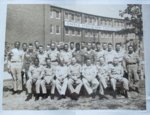
Ft Hamilton 1935:

Fort Hamilton (1825-Current) - Originally designed as a Third System Coastal Defense fort constructed 1825-1831 to protect the New York Narrows from the Brooklyn side of the river in Kings County, New York. Named after Alexander Hamilton, first Secretary of the U.S. Treasury. Active military post.
Fort Hamilton History:
Part of the Harbor Defense of Southern New York. Originally established to protect the Narrows entrance to New York Harbor.
Fort Hamilton was built as a small dual purpose fort providing seaward and landward defenses at the New York Narrows, the site of present day Verrazano Narrows Bridge. Construction was started 11 Jun 1825 with the laying of the cornerstone by the French engineer, Simon Bernard. The Fort was completed in 1831 and first garrisoned 1 Nov 1831 by Battery F, 4th U.S. Artillery.
Civil War 1861-1865
Fort Hamilton's garrison expanded during the U.S. Civil War to protect against Confederate raiders. In 1863, it was called upon to help put down the New York City draft riots.
World War I 1917-1918
During World War I Fort Hamilton was a processing center for hundreds of thousands of American troops shipping out to France.


Ft Hamilton 1924:

World War II 1941-1945
During World War II Fort Hamilton served as a processed center for 3 million troops headed for Europe. At the end of the war it processed and discharged the returning veterans. After the war the building of the Verrazano Bridge in 1959 resulted in the destruction of the parade ground and most the brick barracks.
- from http://www.fortwiki.com/Fort_Hamilton_(1)
Post-World War II:
The US Army Chaplain School was located at Ft Hamilton.

Last edited:

